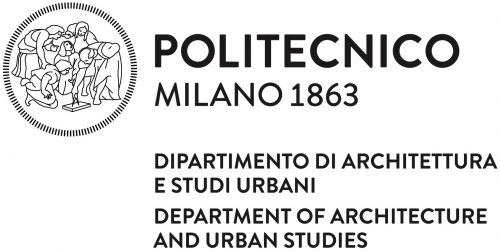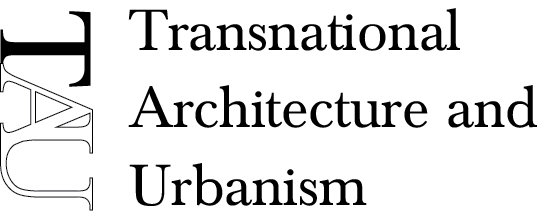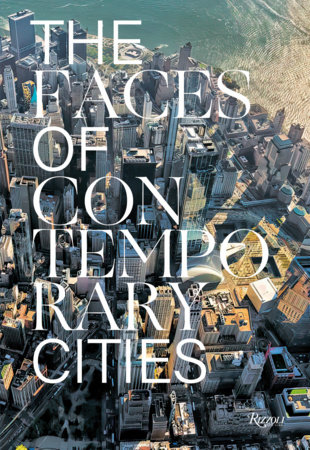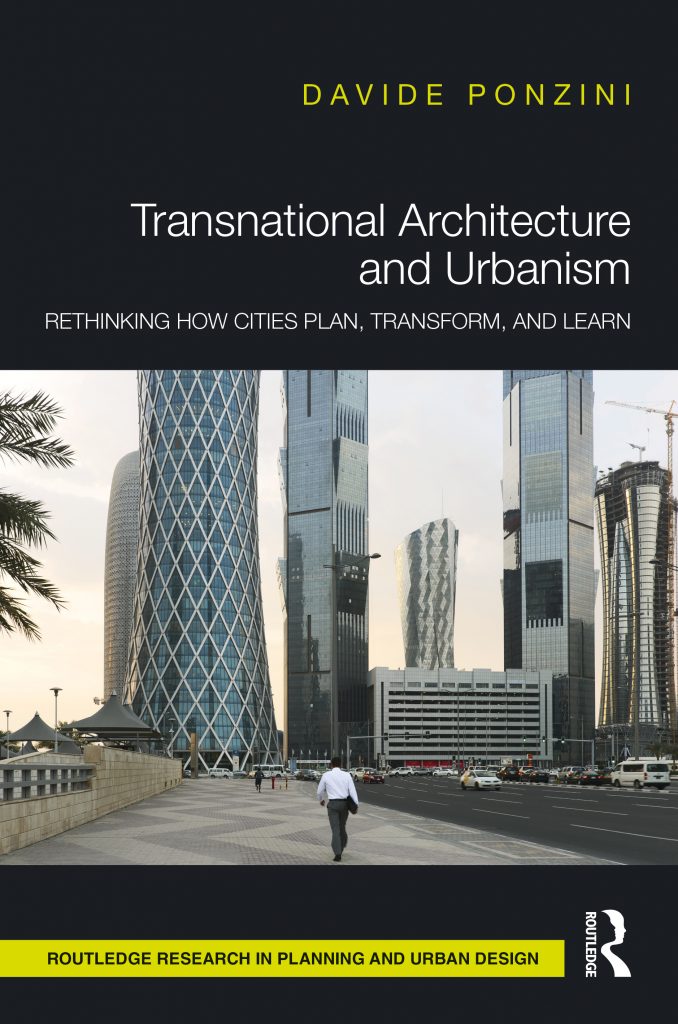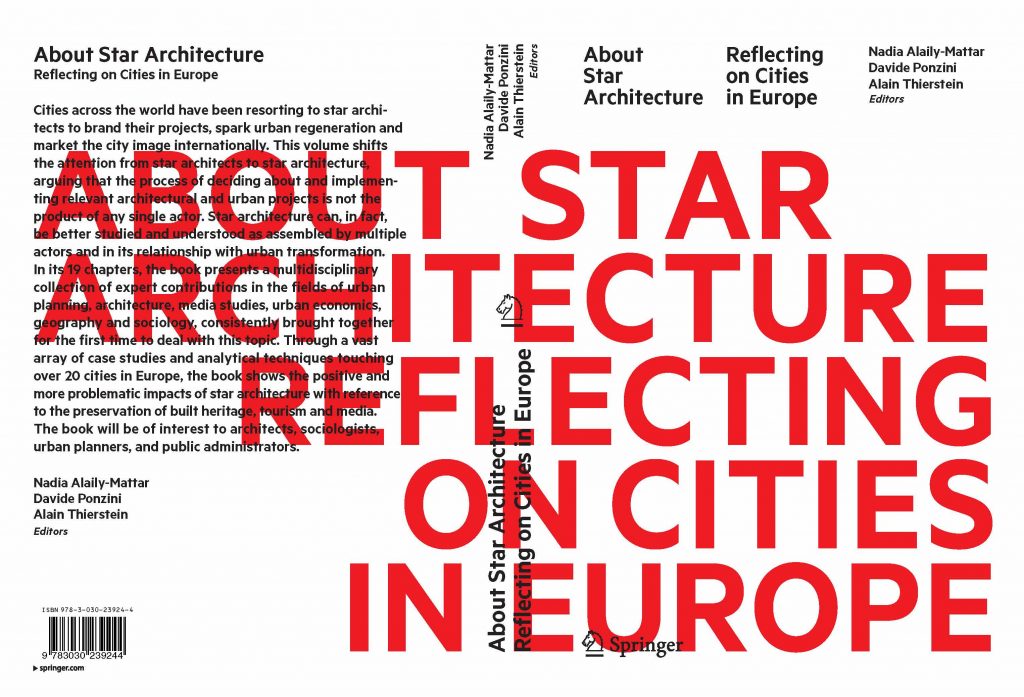Milan is undergoing significant transformations. Its city image and reputation as an international tourist destination have been on the rise, along with developments in its business and real estate market. These transformations are often perceived as closely linked to the city’s cultural vibrancy and its two mega-events: the 2015 Expo and the upcoming 2026 Winter Olympics. However, the relationship between these mega-events and smaller cultural and entertainment activities in the city has received limited attention. Furthermore, Milan’s cultural heritage is frequently considered merely a component of the city’s image. While the positive impact of these transformations is visible and celebrated, the potential difficulties, and uneven effects they may entail often remain unexplored and unaddressed. Milan Cultural Mega-Events critically examines the planning, implementation, and legacy of these mega-events from urban and cultural perspectives. It highlights the achievements as well as the limitations of the complex governance of mega-events and explores ways to improve Milan’s trajectory through its “mega-event decade” and beyond.
Ponzini, D., Jones, Z.M., Di Vita, S., Jreij, A., Propp (2024) Milan Cultural Mega-events: From the 2015 Expo through the 2026 Winter Olympics. Milan: Lettera Ventidue
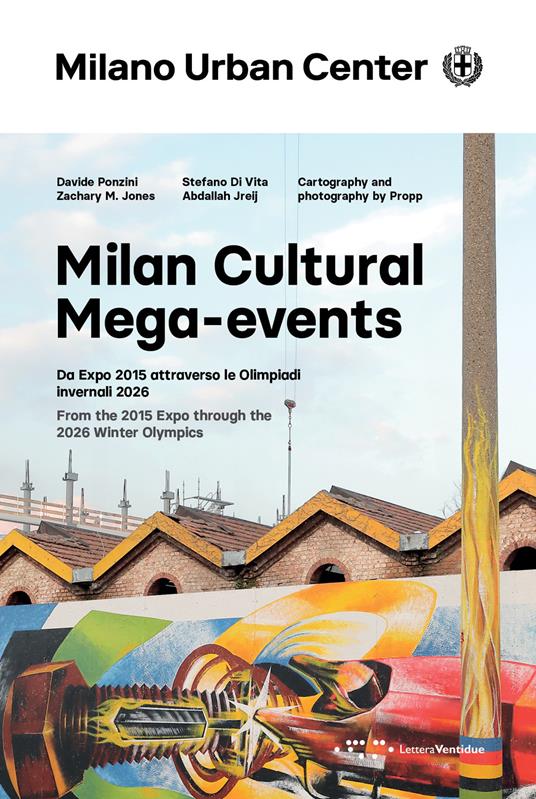
by Davide Ponzini, Zachary M. Jones, Stefano Di Vita, Abdallah Jreij with Propp
Available at Lettera Ventidue
